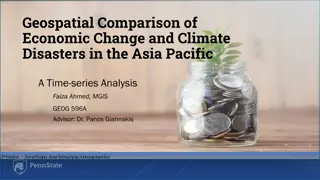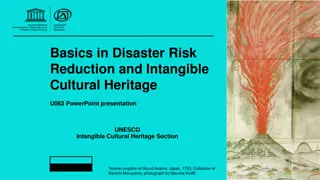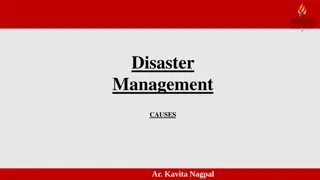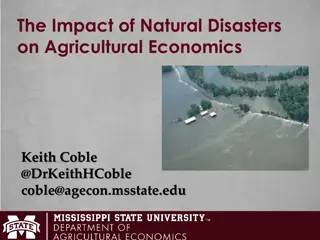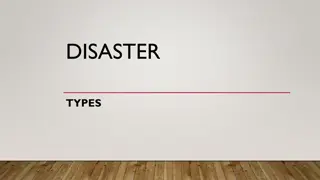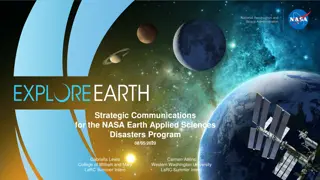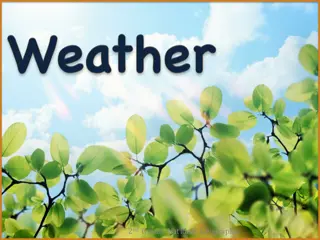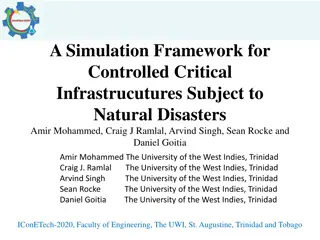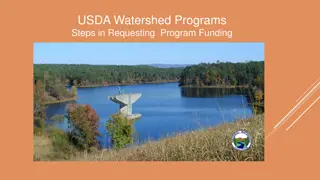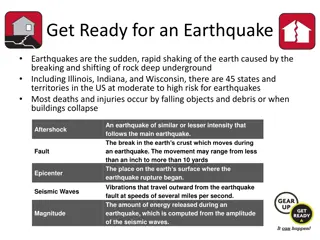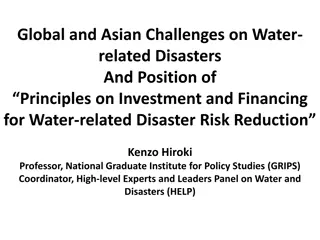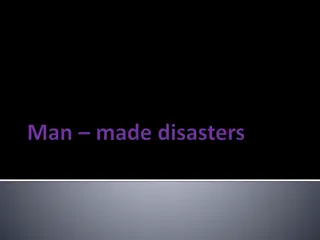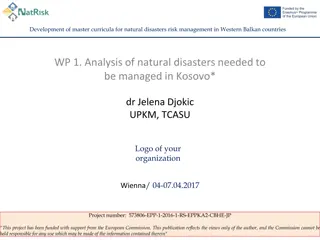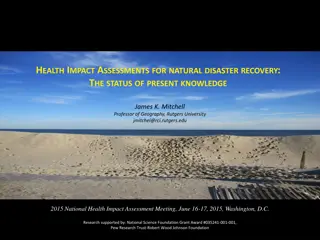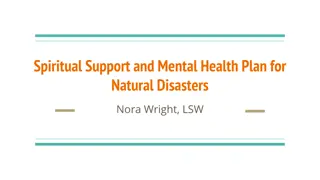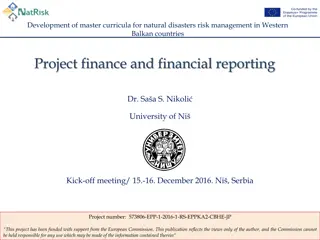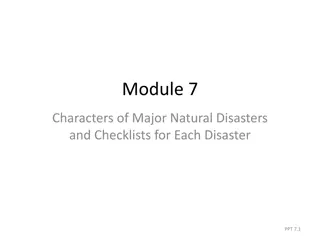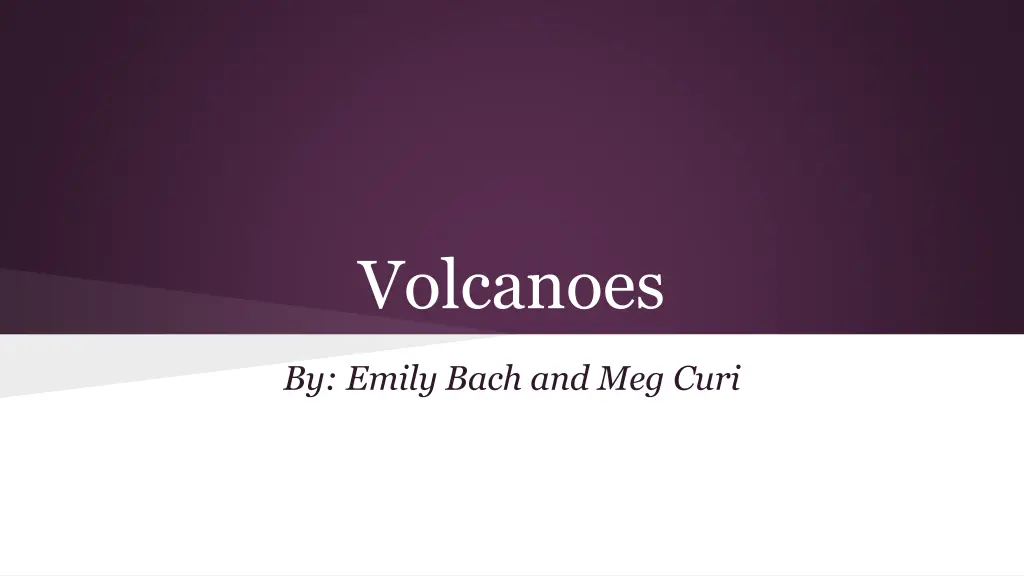
Fascinating Insights into Volcanoes: Types, Formation, and Safety Measures
Discover the formation process, types, and safety precautions related to volcanoes. Learn about active, dormant, and extinct volcanoes, and how to stay safe during and after a volcanic eruption. Explore the intriguing world of volcanic activity through engaging visuals and informative details.
Download Presentation

Please find below an Image/Link to download the presentation.
The content on the website is provided AS IS for your information and personal use only. It may not be sold, licensed, or shared on other websites without obtaining consent from the author. If you encounter any issues during the download, it is possible that the publisher has removed the file from their server.
You are allowed to download the files provided on this website for personal or commercial use, subject to the condition that they are used lawfully. All files are the property of their respective owners.
The content on the website is provided AS IS for your information and personal use only. It may not be sold, licensed, or shared on other websites without obtaining consent from the author.
E N D
Presentation Transcript
Volcanoes By: Emily Bach and Meg Curi
Cause most volcanoes are formed when two of Earth s plate collide the collision drives one of the plates under another the plate that is under the other one begins to melt-->this melted rock is known as magma the magma slowly rises which triggers earthquakes and creates volcanoes the magma that emerges on the surface is called lava the severity of the eruption is determined by the gases in the magma animation of volcano--> https://www.classzone.com/books/earth_science/terc/content/visualizati ons/es0902/es0902page01.cfm?chapter_no=visualization
Types 3 major types of volcanoes 1. Active - one that is known to have erupted many recent times and will likely erupt again 2. Dormant - one that has erupted in the past 2000 years but not recently, is inactive but not extinct 3. Extinct - one that is not expected to erupt again
Mount St. Helens, Washington - active volcano Mount Kilimanjaro, Africa - dormant volcano Mount Buninyong - extinct volcano
Safety During a volcano: -follow any evacuation orders by authorities -if you are inside, close all windows and doors -if outside, seek shelter indoors -wear long-sleeved shirt and long pants After a volcano: -keep skin covered -wear goggles to protect eyes -cover mouth and nose (volcanic ash can irritate the respiratory system)

